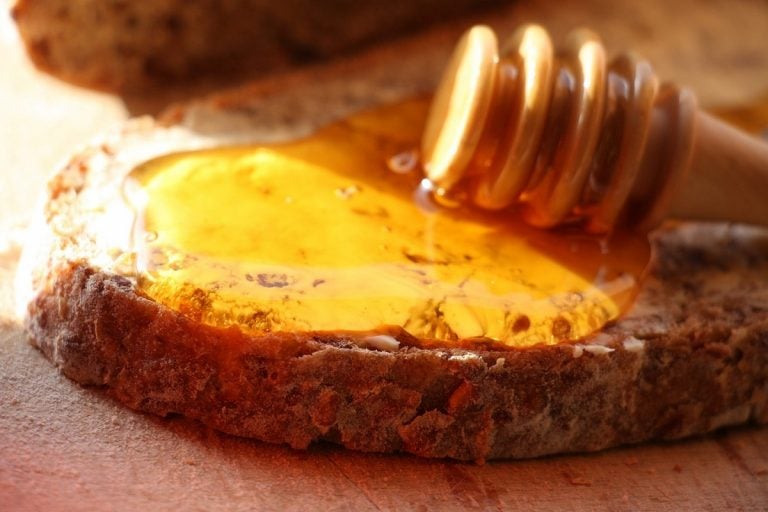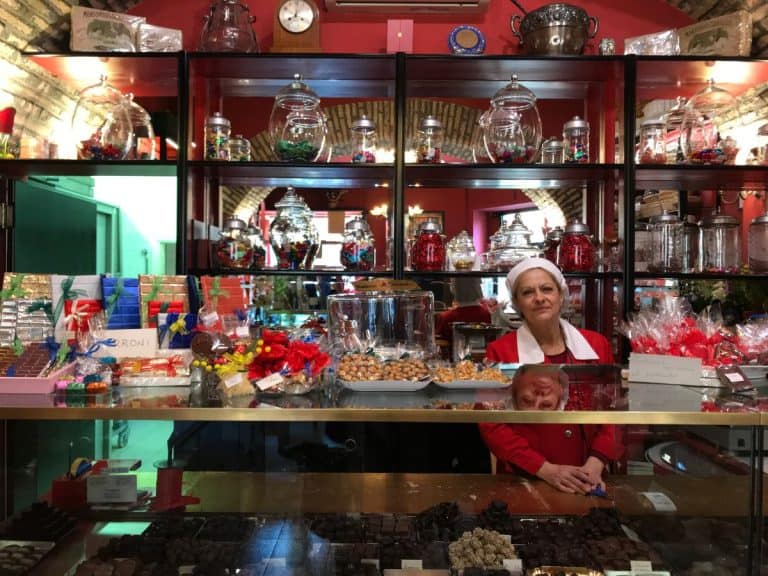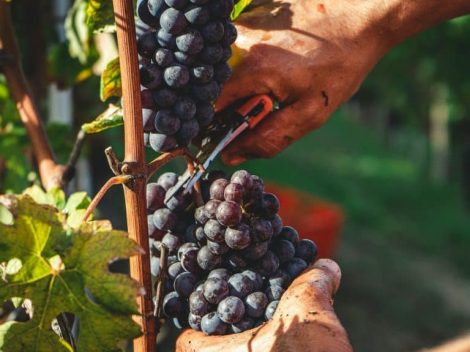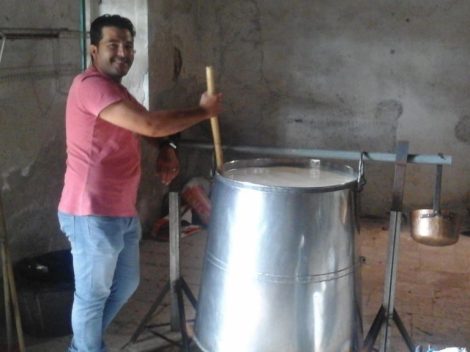This year's abnormally cold spring is taking its toll. The majority of the spring honey production is compromised, with an estimated drop of up to 80% over 2022. The drought that followed the low temperatures has not helped the countryside, which was already strained by rain and wind that ruined flowers and prevented bees from doing their work.
The decline in honey production.
A decline that affected 1.5 million Italian hives, tended by some 73,000 beekeepers across the Peninsula. "Spring production is the main one because, going forward, blooms are reduced," explains Lorenzo Bazzana, Coldiretti's economic manager. Plants bloom first in the plains and then in the hills and mountains, "although with climate change this difference is tapering off," but the most prosperous months are the ones just past April and May, characterised this year by unusually cold weather. Not only honey is affected: 3 out of 4 food crops are partially dependent on bee pollination, such as apples, pears, strawberries, cherries, watermelons and melons. In fact, bees are responsible for 70 percent of the reproduction of all plant species.
Imported honey and the risk of adulteration
That bees, which are insects critical to the Planet's biodiversity, are at risk is yesterday's news. For this reason, bans have been introduced in recent years on the use of so-called neonicotinoids, the most dangerous insecticides for bees, which are considered responsible for the die-off of the species in Europe. "The problem with this type of treatment is the poor adherence to the seed and the spread in the surrounding environment," explains Bazzana, "but more generally today the main threat is climate change, which adds to the diseases derived from the wrong treatments." While production is falling, imports are rising: in 2022 there was a 12% increase, with over 26,500 tons, well over half of consumption. Most of the imported honey comes from Turkey, China, Romania and Ukraine, and many of these products are suspected of adulteration (nearly 1 in 2). That is, honeys with added sugar syrups made from wheat, rice and sugar beet: the faulty shipments (74%) come mainly from China.


 The irresistible charm of oxidative wines: the diaries of a Master of Wine
The irresistible charm of oxidative wines: the diaries of a Master of Wine "A Puglian cuisine without orecchiette or traditional dishes": Somma in Singapore explores the fine dining of the future
"A Puglian cuisine without orecchiette or traditional dishes": Somma in Singapore explores the fine dining of the future Here's how Valpolicella is evolving through the journey of an iconic wine
Here's how Valpolicella is evolving through the journey of an iconic wine "Chenin Blanc will be the new Chardonnay": Interview with Master of Wine Madeleine Stenwreth
"Chenin Blanc will be the new Chardonnay": Interview with Master of Wine Madeleine Stenwreth The ancient chocolate factory hidden in the alleys of Rome
The ancient chocolate factory hidden in the alleys of Rome






